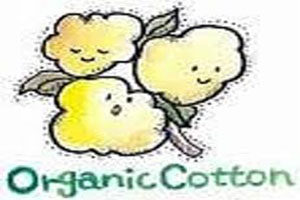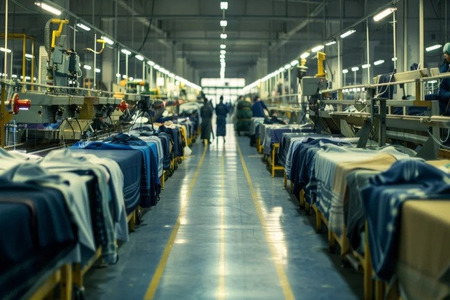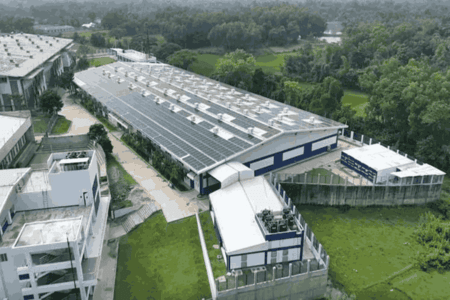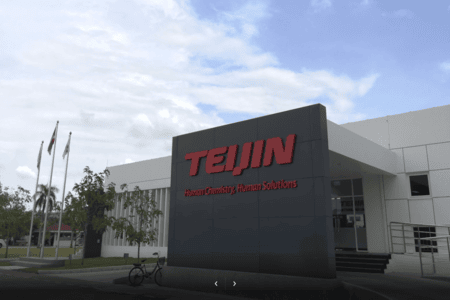
Cotton industry strives to increase global production of organic cotton to meet the growing demand
YarnsandFibers News Bureau 2014-10-02 10:00:00 – LondonOrganic cotton that can be manufactured to the same texture and quality as standard cotton is grown without the use of any synthetic agricultural chemicals such as fertilizers or pesticides, avoids a significant drain on water supply and soil, and increases the overall well-being of farmers and pickers. Although, the eco-benefits are clear the cotton industry is still facing a struggle to increase its global production of organic produce.
Top companies such as H&M and C&A are leading the charge for the organic cotton trade revolution by making strong commitments to use 100 percent organic cotton by 2020. Swedish fashion giant H&M increased its use of organic cotton by 29 percent in 2013, a rise from 7.8 per cent in 2012.The company has also invested US $2.7m, in the Better Cotton Initiative's Fast Track Program.
However it is not just these big brands making a change. There are a slew of smaller organic companies such as Zen Bedrooms, which offer sustainably resourced mattresses, clothes and pillow cases.
In a document recently released by Textile Exchange, figures show that the overall production of natural fibres dropped by three percent in 2013; standard cotton plunged by 4.1 percent last year.
The deficiency of good quality cotton suppliers that are producing cotton without GMO (genetically modified organism) is clear to see. Despite the fact that only approximately one per cent of the cotton manufactured is organic, demand will soon likely exceed supply.
Increasing demand is one thing, but being able to meet that demand is quite another. One hurdle to the rise in organic cotton is the fact that many farmers seemingly lack the business savvy and will required to go organic, as a significant amount of expert knowledge and verification of the organic status is required.
Huge markets like China and the USA are likely to step up organic cotton production, due to the continued efforts by organizations such as Textile Exchange and the Better Cotton Standard System. The overall aim is to equip farmers with the tools and know-how, reducing water consumption and eradicating the use of pesticides.
Market Intelligence
Ask for free sample Report

experience
Customer Base
dedicated team
Countries Served Worldwide









